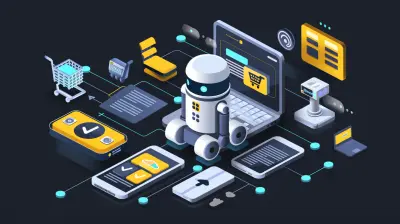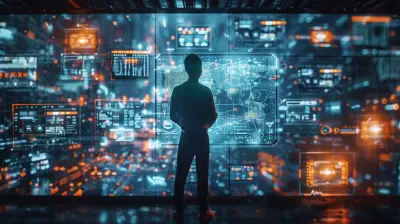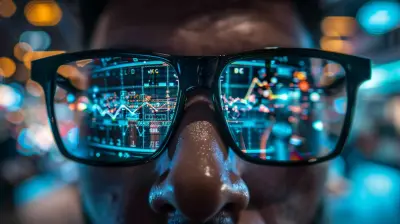The Role of AI in Smart Cities and Urban Planning
4 November 2025
Imagine walking through a city that seems to know what you need before you do. Traffic flows smoothly, energy is used efficiently, trash bins tell when they’re full, and public transport is always on time. Sounds futuristic? Well, it’s closer to reality than you think—thanks to Artificial Intelligence (AI).
In this article, we're diving into the role of AI in smart cities and urban planning. We'll peel back the layers on how AI is transforming the way we build and manage cities, making them more livable, efficient, and—dare we say—smarter.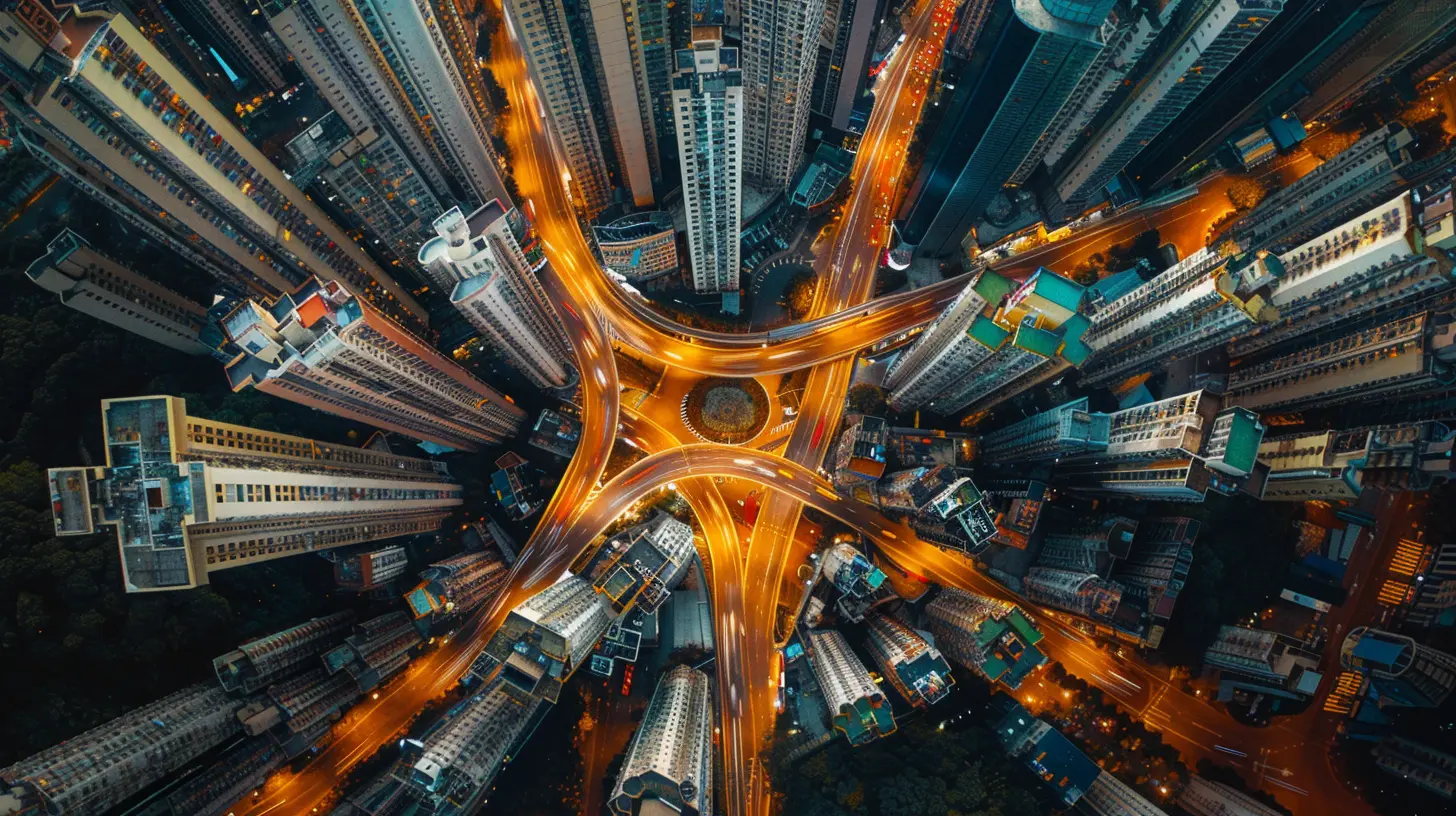
What is a Smart City Anyway?
Let’s keep it simple: A smart city uses technology to improve the quality of life for its citizens. It's where data, sensors, and intelligent software work together to make urban life better. Think of it as a city that has a brain—AI is that brain.These cities collect tons of data from everything—traffic cameras, energy grids, weather sensors, and even your smartphone. Then, AI jumps in to analyze all this data in real-time, helping city officials make faster, smarter decisions.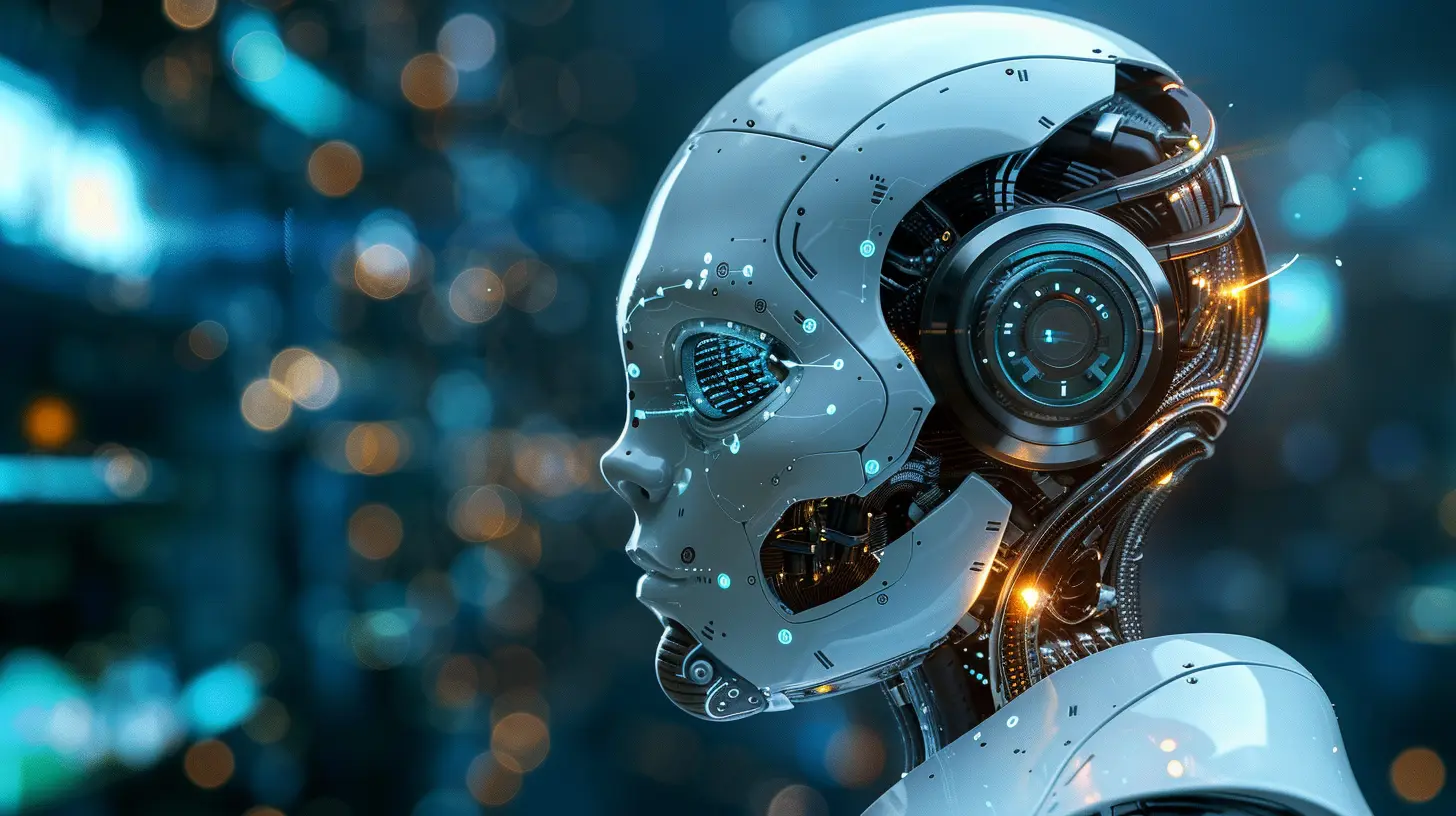
Why Do Cities Even Need AI?
Good question.Urban areas are growing like crazy. In fact, over half of the world's population lives in cities, and that number is only going up. With that growth comes more traffic, pollution, energy consumption, and general chaos. Traditional city planning just can't keep up.
That’s where AI steps in. It’s like giving city planners superpowers. AI can process more data than a human brain ever could, spot patterns, make predictions, and suggest smart solutions in seconds.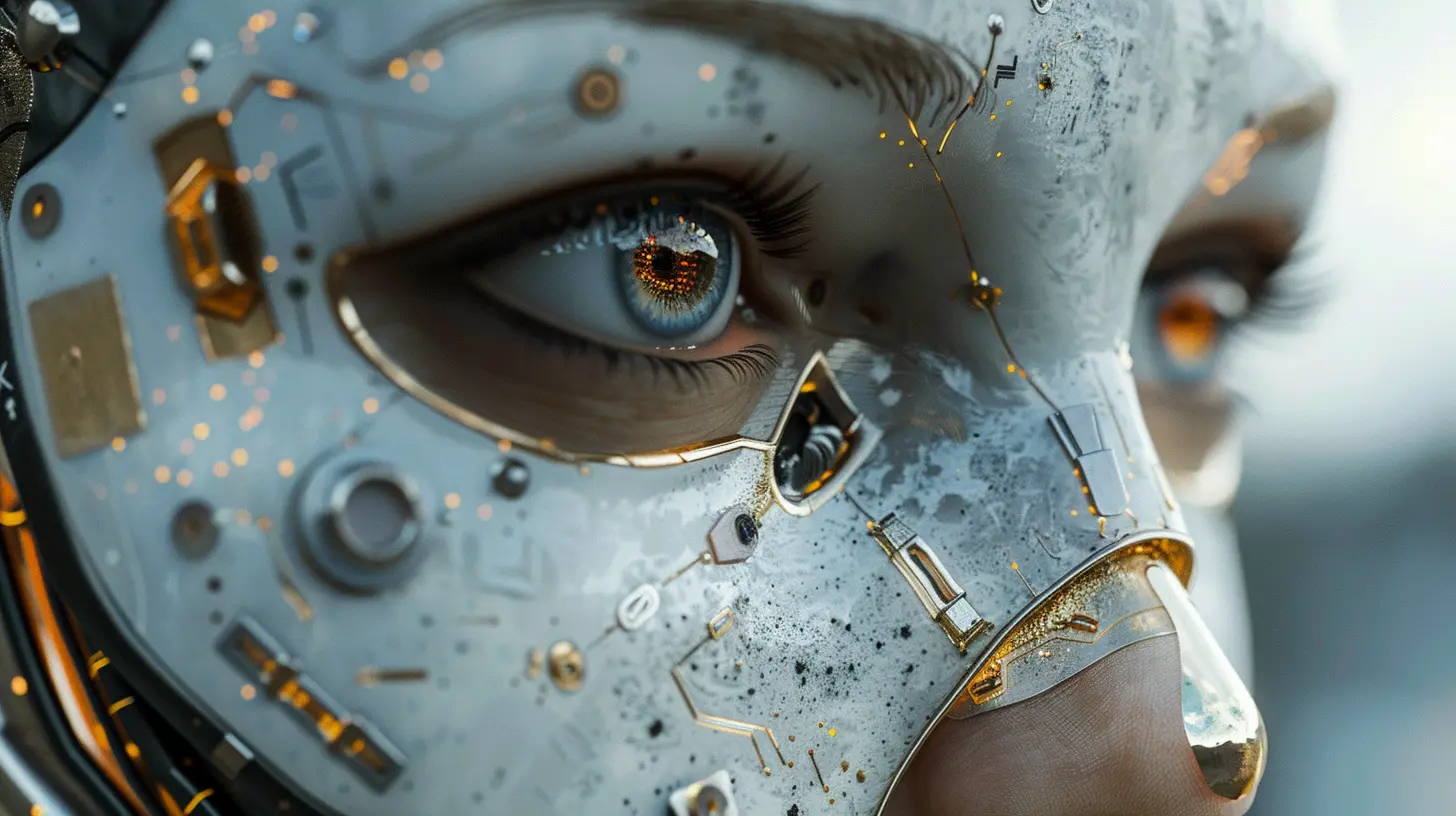
Key Areas Where AI is Making Cities Smarter
Let’s break this down by use case, shall we? Here’s where AI is really shining in urban planning and smart city design.1. Traffic Management & Transportation
Ever gotten stuck in a traffic jam that seemed to last forever? AI is all over that.Smart traffic systems use AI to monitor traffic in real-time through cameras and sensors. It can change traffic light patterns, reroute vehicles, and even warn drivers about accidents ahead. Navigation apps like Google Maps and Waze already use AI to find the fastest routes, but cities are now integrating that same kind of intelligence into their infrastructure.
Bonus: AI helps power autonomous (self-driving) vehicles, which could someday reduce traffic accidents and congestion even more.
2. Public Safety & Surveillance
AI is helping cities become safer without turning into full-blown surveillance states.With facial recognition (controversial, but powerful), pattern recognition, and predictive analytics, AI systems can identify potential threats before they occur. For example, an AI system might detect unusual crowd movements during a public event and alert authorities immediately.
AI can also sift through thousands of hours of CCTV footage in seconds—something a human just can’t do.
3. Energy Efficiency and Sustainability
AI helps power smart grids, which are energy systems that automatically balance supply and demand.Got solar panels? AI can predict when you’ll generate the most electricity and when to store or sell the surplus. It helps utilities figure out when to ramp up power generation and when to tone it down.
Plus, smart buildings use AI to regulate heating, cooling, and lighting—only using energy when it's needed. That’s not just good for the planet; it’s good for your wallet, too.
4. Waste Management
Yep, AI is even making trash smarter.Smart bins equipped with sensors can tell how full they are. AI collects this data and helps sanitation departments schedule pickups based on actual need rather than fixed schedules. That means fewer overflowing bins and no wasted trips.
Some AI systems can even sort recyclables using computer vision. Talk about next-level garbage control!
5. Urban Planning & Decision-Making
Designing a city isn’t just drawing lines on a map anymore.AI can create digital twins—virtual models of a city that simulate anything from traffic flow to pollution levels. Urban planners can test scenarios without disrupting the real world. Want to know what happens if you turn a highway into a bike path? Run the simulation first.
AI also helps identify where to build new schools, hospitals, or parks based on population data and predicted growth. It’s like playing SimCity, only it’s real.
6. Environmental Monitoring
Air quality, water levels, noise pollution—you name it, AI’s watching it.AI systems analyze data from environmental sensors and send alerts when something's off. That gives city officials the info they need to act fast—whether it's shutting down a factory or issuing a public health warning.
For instance, if pollution levels spike in a certain district, public transportation routes might be adjusted to reduce emissions in that area.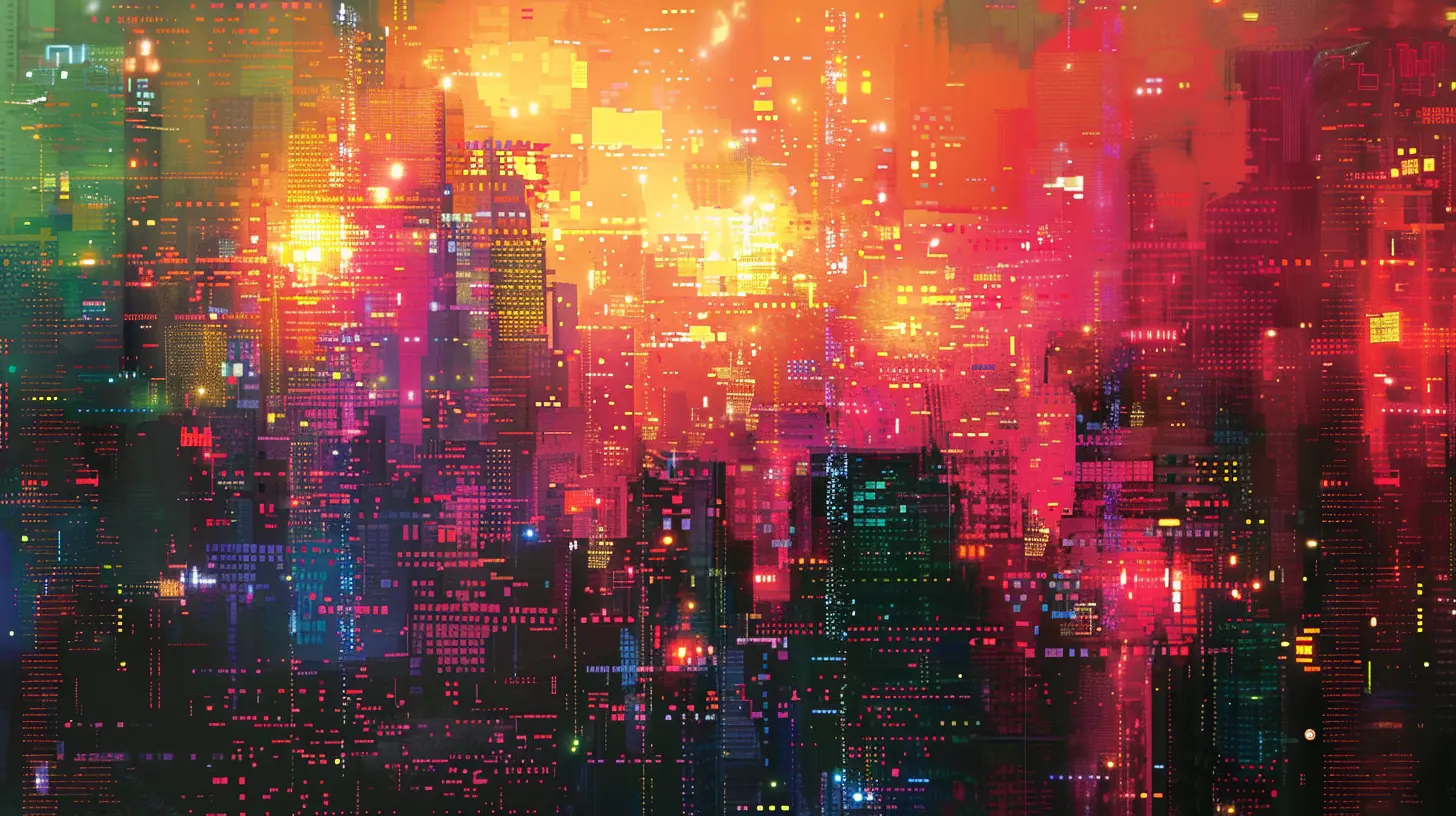
Challenges and Concerns—It’s Not All Sunshine and Sensors
Okay, let’s not pretend that everything’s perfect. There’s definitely a darker side to all this futuristic tech stuff.1. Privacy Issues
When cities start collecting data about when you leave your house, where you drive, and what you’re doing—things can get a bit creepy.People are understandably worried about how their data is being used (or misused). Striking a balance between convenience and surveillance is a major ethical challenge.
2. Bias in AI Algorithms
AI is only as smart as the data it learns from. And if that data is biased, the outcomes will be too.Bad data can lead to unfair decisions—like over-policing certain neighborhoods or under-serving minority populations when it comes to city services. It's important that AI systems are transparent and regularly audited.
3. High Implementation Costs
Smart cities don’t come cheap. Installing sensors, building infrastructure, and maintaining AI systems can be a heavy financial burden—especially for smaller or developing cities.It’s like buying a Ferrari when you’re still figuring out public transit. The tech is cool, but it has to be financially and socially responsible.
What Does the Future Look Like?
The role of AI in smart cities and urban planning is only going to get bigger.We’re talking about cities that almost run themselves. Bus routes that change in real-time based on passenger demand. Buildings that automatically adjust to weather conditions. Emergency response systems that anticipate disasters before they happen.
There's even talk of “sentient cities”—urban areas that not only respond to human needs but learn and evolve over time. Sounds crazy? Maybe. But a few decades ago, so did smartphones.
So, Where Do We Go From Here?
Well, if you're a city planner, start thinking about how AI can streamline your services. If you're a policymaker, work on the laws and ethics behind smart city tech. And if you're just a regular city-dweller—stay curious, stay aware, and speak up about how your data is used.Because cities aren’t just about buildings and roads—they’re about people. And AI, when used right, can make city life better for all of us.
Final Thoughts
AI isn’t just a buzzword anymore—it’s the backbone of the cities of tomorrow. From improving traffic flows and public safety to helping us fight climate change, AI is changing the game in urban planning. But like any powerful tool, it needs to be used wisely.As we move forward, we need to focus on collaboration between governments, tech companies, and the people who actually live in these smart cities. With the right mix of tech, ethics, and human-centered design, we can build cities that are not just smart—but also fair, sustainable, and livable.
Let’s make our cities not just places to live, but places that thrive.
all images in this post were generated using AI tools
Category:
Artificial IntelligenceAuthor:

Jerry Graham
Discussion
rate this article
1 comments
Rowan Kane
AI’s transformative potential in smart cities blurs the line between innovation and surveillance, raising vital questions about data ethics while paving roads to efficiency and sustainability.
November 11, 2025 at 4:25 AM
